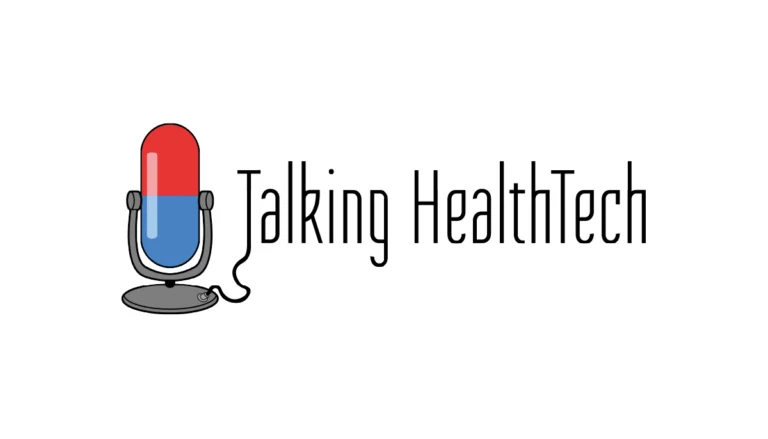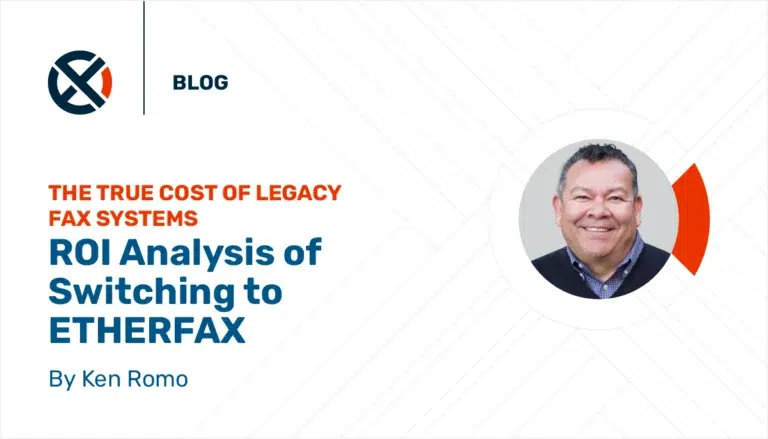It’s a common process for today’s businesses to take a piece of aging technology and replace it with something more innovative, user-friendly, and advanced. We’ve seen this type of transition take place with all different types of tools, but it’s particularly familiar when it comes to fax infrastructure and communication technology.
Consider, for a moment, voice calling. Previously, plain old telephone service, or POTS, through traditional copper lines was the order of the day. Every business had POTS in place, with dedicated, on premise phone hardware to support voice communication. Now, however, things have changed considerably. VoIP solutions, which enable calls over the internet, are more popular than ever before.
This trend is not only impacting enterprises, who are eliminating their POTS lines for VoIP, but telecommunication service providers as well. Our partner, FaxCore, recently discussed why telcos are abandoning their copper line networks in favor of all-IP options in their latest blog post.
Making the Switch: IP in Favor of POTS
There are numerous reasons that businesses and consumers across the globe are ditching their POT service for more advanced IP network options:
- Cost efficiency: The cost of traditional copper line telephone service has skyrocketed, particularly in the U.S. According to data from Future of Sourcing, California has experienced a five-fold increase in the price of POTS, and costs for service in midwestern states have doubled. In this way, bringing voice calling and other communications over to the IP network is simply less expensive.
- A more unified tech infrastructure: Businesses that leverage their IP networks for communication help create a more unified and less complex infrastructure, where critical elements like voice calling use IP instead of separate POTS lines.
- Following the trends: As this fact sheet from Consumer Action pointed out, about two-thirds of Americans have already made the switch from copper telephone lines to IP network solutions for voice, video and other communication.
“IP-based voice service promises advantages, such as faster transmission, clearer calls and the ability to take advantage of digital phone features (voicemail forwarding and call filtering, for example),” Consumer Action stated. “The benefits of the new IP-based network combined with the decreased use of the aging network means it is time to begin figure out how to make the universal transition to IP-based services as smoothly and efficiently as possible.”
Telcos Driving the Change: Eliminating Copper Lines for Fiber
However, one of the largest factors driving adoption of all-IP solutions is the fact that many big-name telecommunications providers are abandoning their longstanding copper POTS lines to build up their IP and fiber-based networks. This change comes not only in response to the rising trend of consumer and businesses use of VoIP over POTS, but also due to the fact that traditional copper line networks are extremely expensive for telcos to maintain. In this way, it’s simply not feasible for telco providers to support two networks – one for POTS and another that’s fiber-based – any longer.
“Every dollar an incumbent LEC must put towards maintaining its aging copper facilities is a dollar it cannot spend on something else, such as fiber deployment,” the Federal Communications Commission noted in a recent proposal in favor of boosting investment in broadband networks.
In fact, some telcos including Verizon and AT&T are already leading this charge, replacing its copper network with fiber. AT&T, for instance, is working toward eliminating POTS across 21 states where it still provides traditional telephone service, according to the Chicago Tribune.
Common Issues with Fax Over IP
While IP networks promise benefits like faster connections, clearer voice calling and better service, users are finding that not all processes can be seamlessly transitioned over to the all-IP network. While legacy analog applications can experience high–failure rates with VoIP, the issue only grows when decision-makers consider the alternative.
Some providers recommend that businesses maintain their POTS just to ensure fax transmission, however, this can considerably drive up communication costs and stall the transition to an all-IP network.
Secure, Reliable Fax Service: Intelligent Routing from ETHERFAX
As the demand for IP network solutions grow, business leaders simply cannot take a step back. Maintaining POTS just for fax isn’t cost feasible, and as telecommunication service providers continue to replace their copper lines with fiber, the decision to keep POTS may not be an option for very much longer.
Organizations need a solution that will enable them to take advantage of all the benefits that an all-IP network can offer, while still ensuring that faxes can be reliably sent and received. Fax will remain a compliant communication channel, and supporting it within an all-IP-based fax network should continue to be a top priority.
The ideal solution is to partner with an expert fax service partner. ETHERFAX offers a unique solution that extends existing fax server solutions to the cloud. By eliminating the need for costly network fax systems, such as fax boards and recurring telephony fees, ETHERFAX’s patented technology leverages the Internet to manage all business-critical fax communications.
The ETHERFAX Secure Exchange Network (SEN) is the world’s largest, trusted ecosystem, leveraging military-grade encryption and hybrid cloud technology to provide 100% secure communications. Supporting every major server, application and fax-enabled device, ETHERFAX fax infrastructure has more connected endpoints than any other service.
Most recently, ETHERFAX partnered with global imaging solutions leader, Lexmark, to extend their solutions to the ETHERFAX network in the cloud. Lexmark’s customers can now securely send rich content documents to millions of ETHERFAX’s connected endpoints with ultra-fast transmission speeds and guaranteed delivery, as well as still being able to send to legacy endpoints.
To simplify the transition to IP-based infrastructure, the ETHERFAX Analog-to-ETHERFAX (A2E) device extends legacy systems to the ETHERFAX network in the cloud. As a simple plug-and-play device, the ETHERFAX A2E connects existing analog fax machines to the ETHERFAX network, allowing faxes to be sent and received via the cloud instead of the PSTN.
Since ETHERFAX enables fax communications to be intelligently routed through a robust and expansive network of communication carriers, each fax is routed according to the most reliable connection available at the moment of transmission, therefore eliminating issues commonly associated with VoIP fax transmission. Both inbound and outbound faxes can be routed across the ETHERFAX network, supporting dependable reliability for senders and receivers. Since ETHERFAX has strong partnerships with telecommunications carriers, faxes can be successfully routed even from overseas locations.
Best of all, ETHERFAX can directly integrate with customers’ IP fax infrastructure & machines. As ETHERFAX maintains and manages telecommunications carrier support, customers can leverage a digital fax board to send and receive transmissions in a more traditional and reliable manner.
To find out how to support your business’s fax transmissions in an all-IP world, connect with us at etherFAX today.




